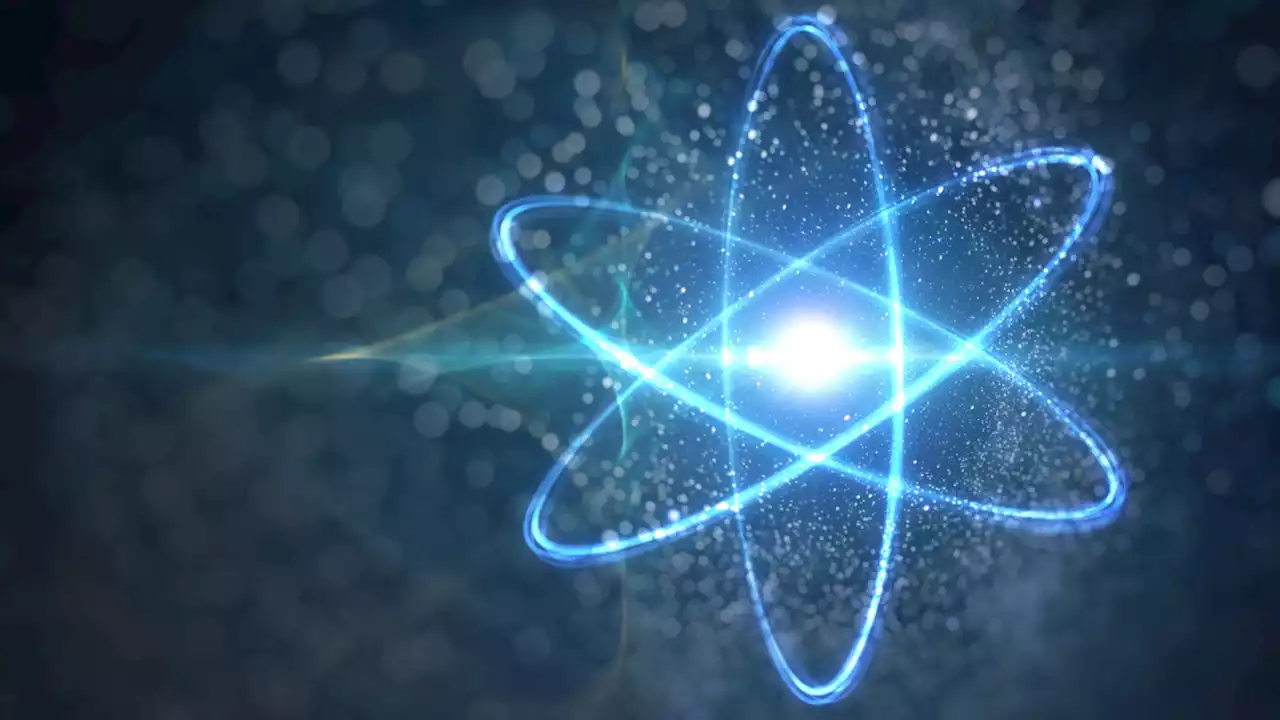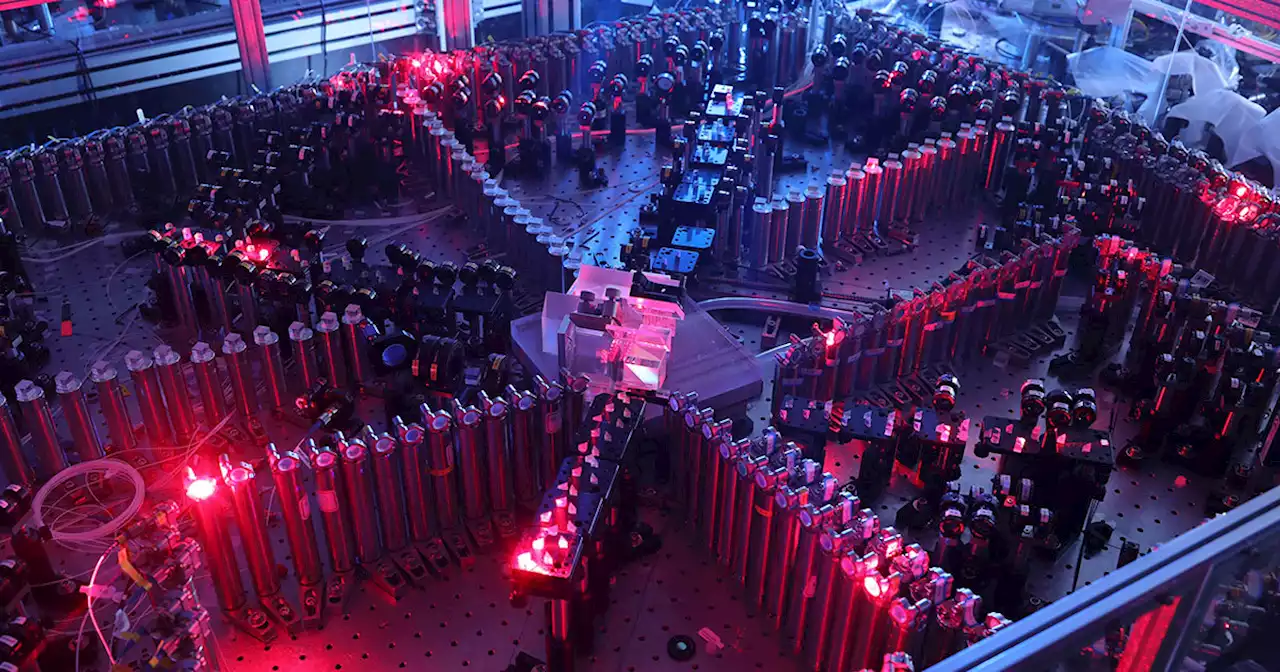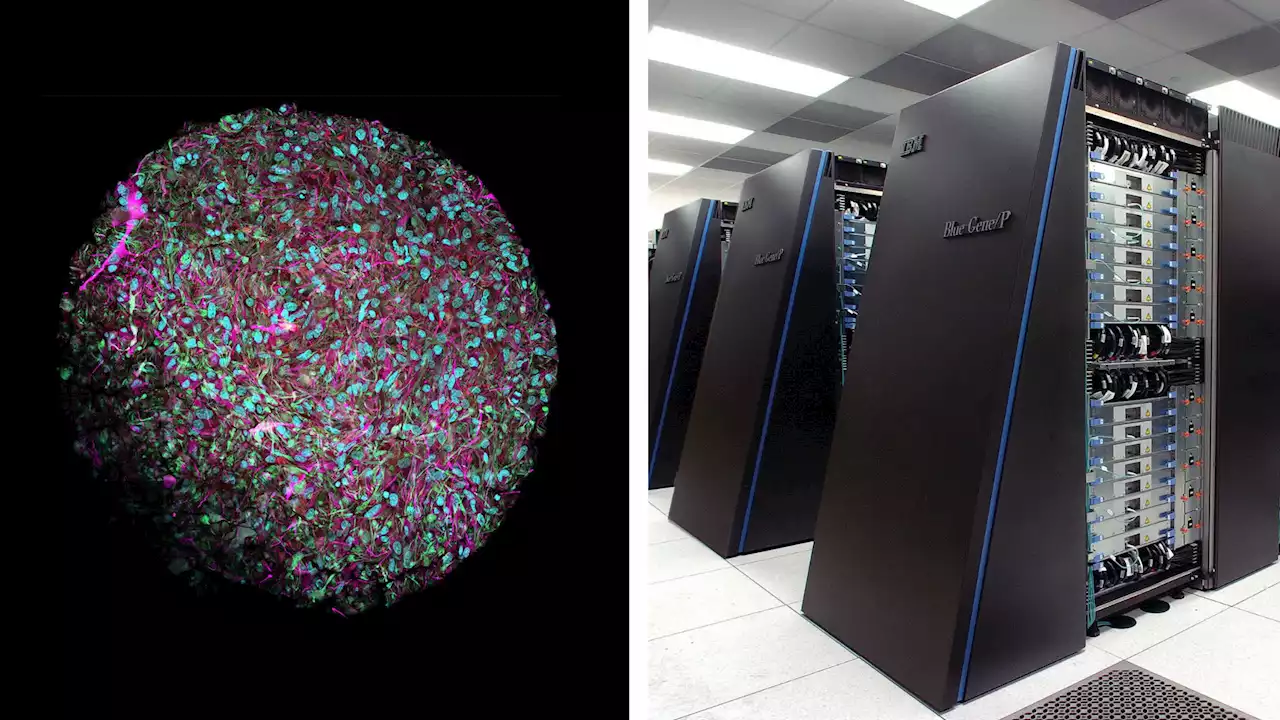Researchers have demonstrated, for the first time in a fusion reactor, a type of fuel that is plentiful and doesn’t produce damaging particles.
Researchers in Japan have demonstrated reactions, for the first time in a fusion reactor, with a type of fuel that is plentiful and doesn’t produce damaging particles. Although the reactions were nowhere close to achieving net energy and required even higher temperatures than standard fusion fuel, the result is a proof of principle for private fusion startup TAE Technologies, which argues that its path to a practical power plant faces fewer engineering roadblocks than conventional approaches.
Fusion is often promoted as a carbon-free energy source that has a plentiful and cheap fuel—a mix of the hydrogen isotopes deuterium and tritium . In reality, tritium is rare and must be “bred” from lithium in the reactor itself; some scientists are concerned about. Moreover, when fused at high temperatures, D-T fuel produces copious high-energy neutrons, which are damaging to humans and reactor structures alike.
Computer simulations from the team suggested this translated into about 5 trillion fusion reactions per second. Although this may sound like a lot, Whyte says it equates to about 7 watts of power, one-tenth of what a candle flame produces. Moreover, Whyte says, most of those reactions were caused by the particle beams. In many fusion reactors, particle beams are used to get the overall plasma temperature hot enough to fuse more widely.
A reactor running on protons and boron would remove many of the challenges engineers face as they try to move fusion from scientific demonstration to practical electricity generator. The U.S. National Ignition Facility made headlines last year after demonstrating “gain”: a fusion reaction sparked by powerful lasers that produced more heat than the lasers pumped in. That explosive form of fusion reactor, however.
United States Latest News, United States Headlines
Similar News:You can also read news stories similar to this one that we have collected from other news sources.
Russian oil is being sold way above the EU price cap, researchers sayWhat You Need To Know About Markets And The Economy
Read more »
 Researchers discover new quantum state in a quirky materialFurther research in the quantum state and materials could help in designing new quantum devices useful for computing as well as communications.
Researchers discover new quantum state in a quirky materialFurther research in the quantum state and materials could help in designing new quantum devices useful for computing as well as communications.
Read more »
 Researchers are exploring how the brain helps prevent knee injuriesDuring a competitive game, the brain might not be able to correct a faulty knee or ankle position in the milliseconds it takes to tear a ligament.
Researchers are exploring how the brain helps prevent knee injuriesDuring a competitive game, the brain might not be able to correct a faulty knee or ankle position in the milliseconds it takes to tear a ligament.
Read more »
 Researchers Say They Managed to Pull Quantum Energy From a VacuumPhysicists claim to have pulled energy out of a vacuum, a trick that required them to teleport it from a different location using quantum devices.
Researchers Say They Managed to Pull Quantum Energy From a VacuumPhysicists claim to have pulled energy out of a vacuum, a trick that required them to teleport it from a different location using quantum devices.
Read more »
 In Ultrathin Layers, NREL Researchers Find A Path To Better MaterialsUnexpected Crystalline Structure Explains Mechanism of Long-Used Solar Cell Treatment and Hints That Further Materials Discoveries Await
In Ultrathin Layers, NREL Researchers Find A Path To Better MaterialsUnexpected Crystalline Structure Explains Mechanism of Long-Used Solar Cell Treatment and Hints That Further Materials Discoveries Await
Read more »
 Researchers plan supercomputers that are powered by human brain cellsJohns Hopkins University researchers are optimistic about a future in which organoid intelligence can revolutionize drug testing research and step in for supercomputers.
Researchers plan supercomputers that are powered by human brain cellsJohns Hopkins University researchers are optimistic about a future in which organoid intelligence can revolutionize drug testing research and step in for supercomputers.
Read more »